The Story of the University of Missouri-Kansas City (UMKC)
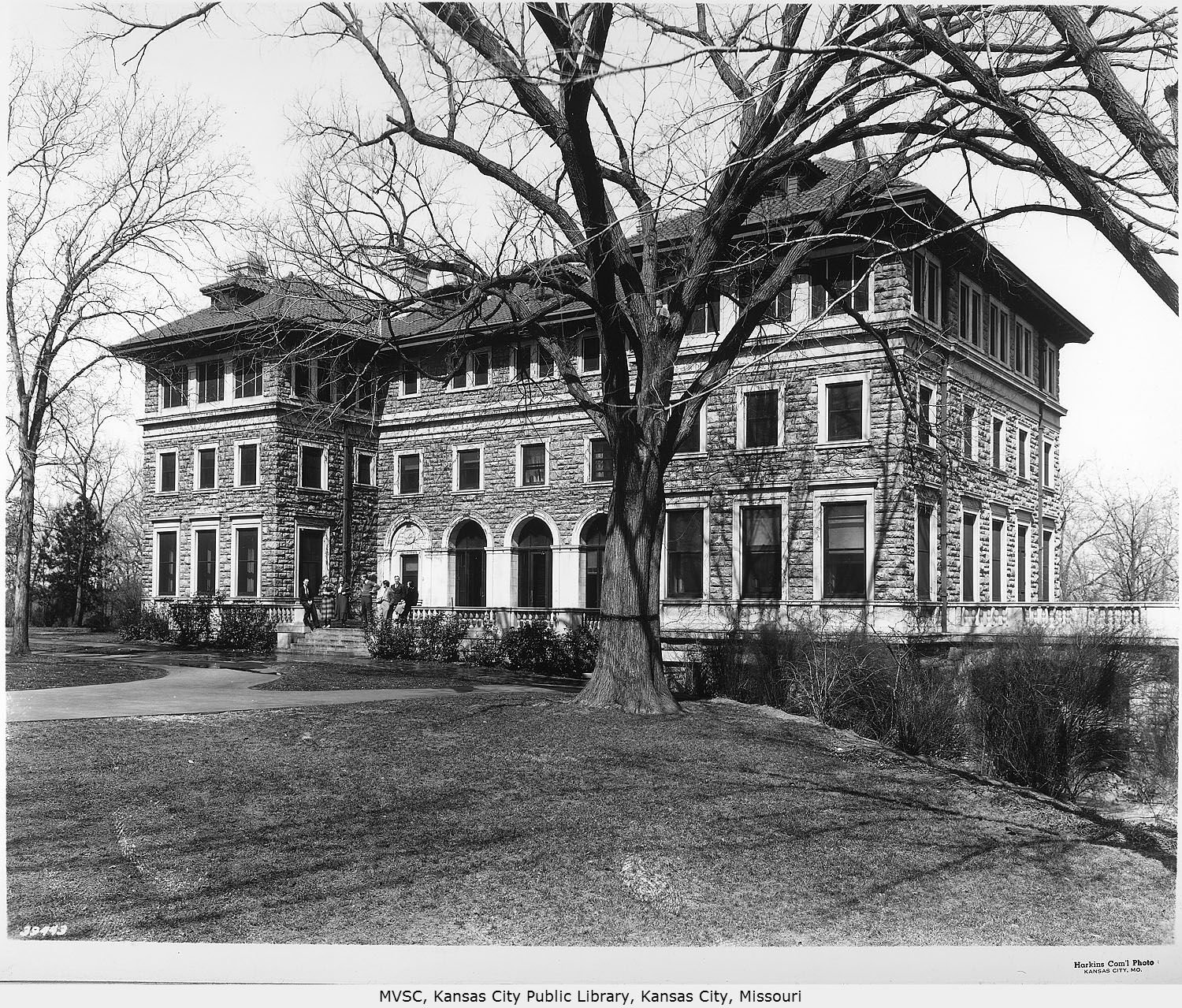
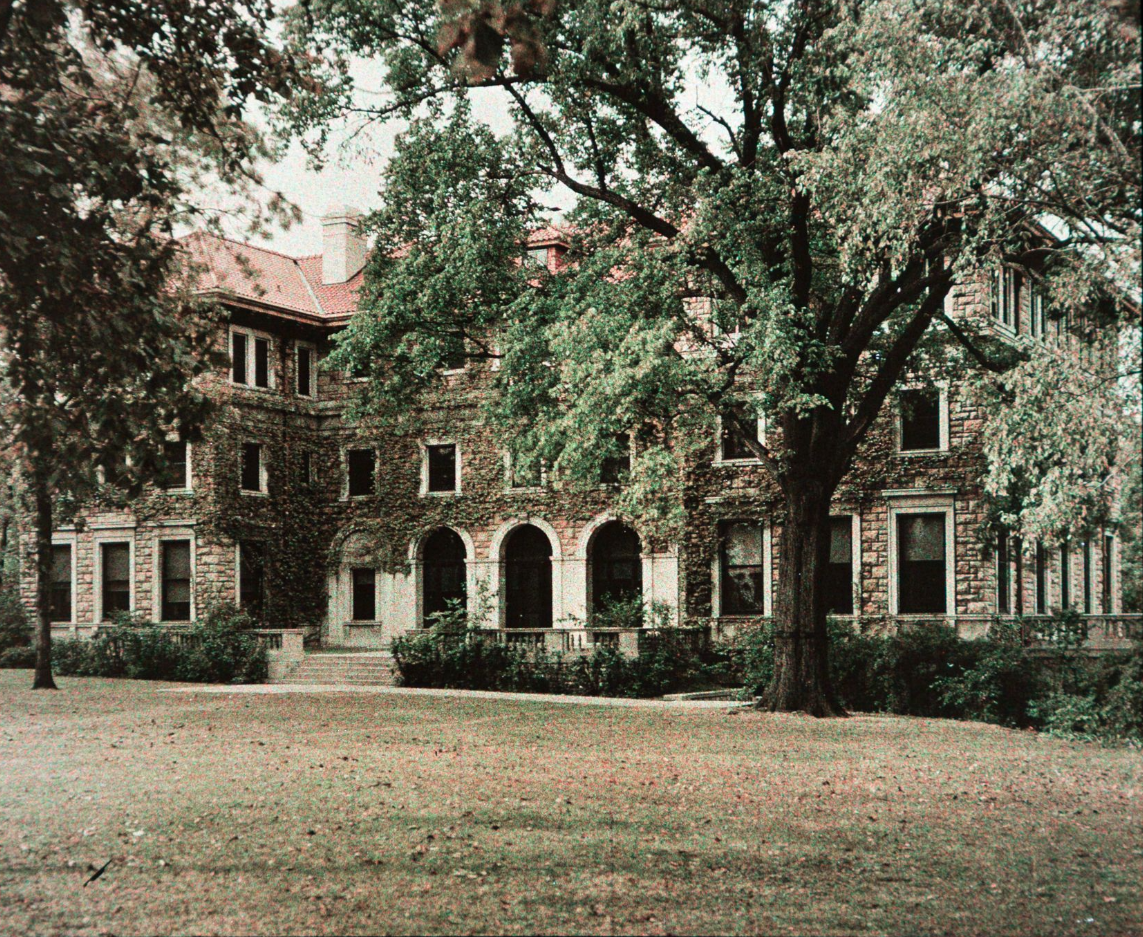
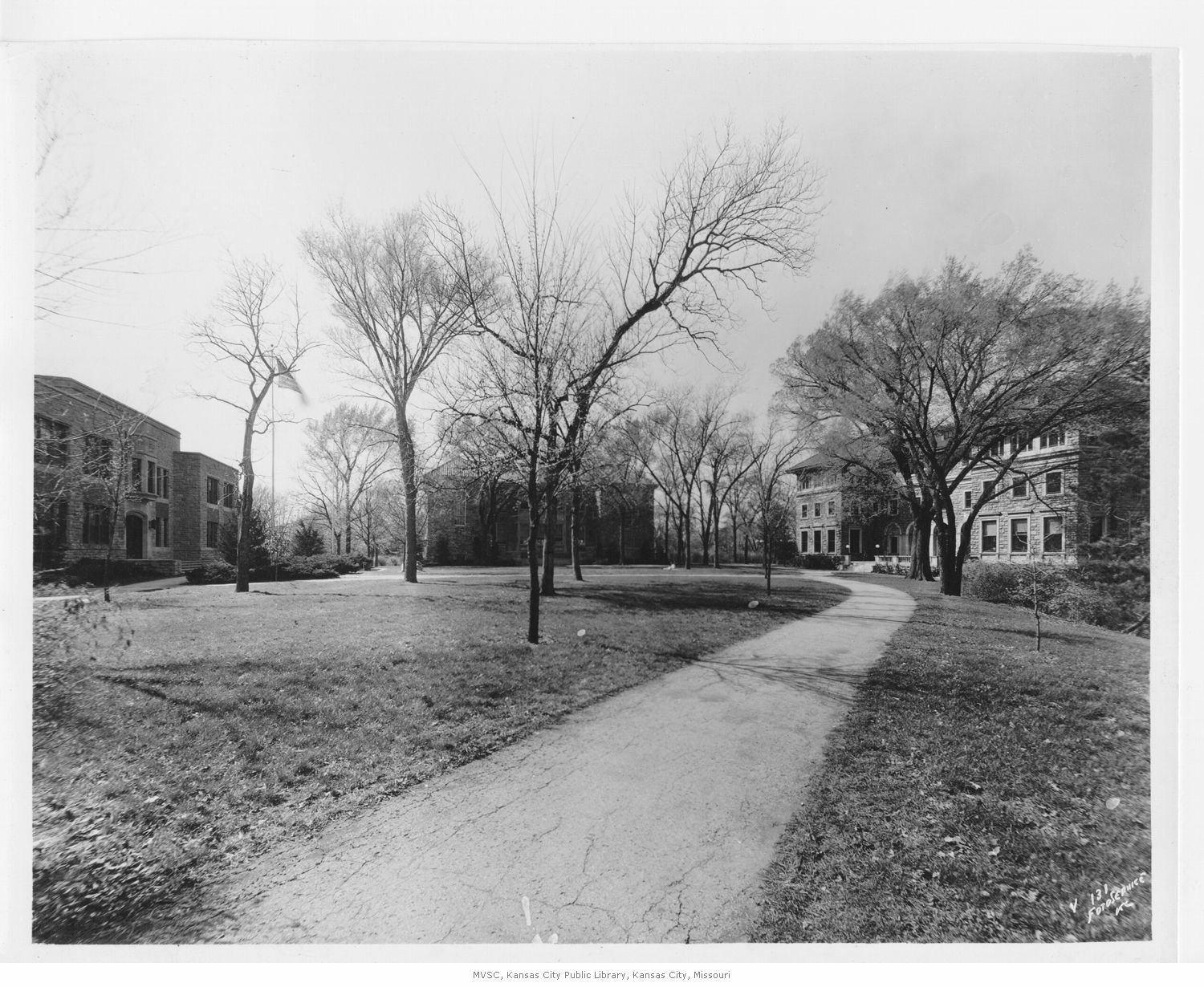
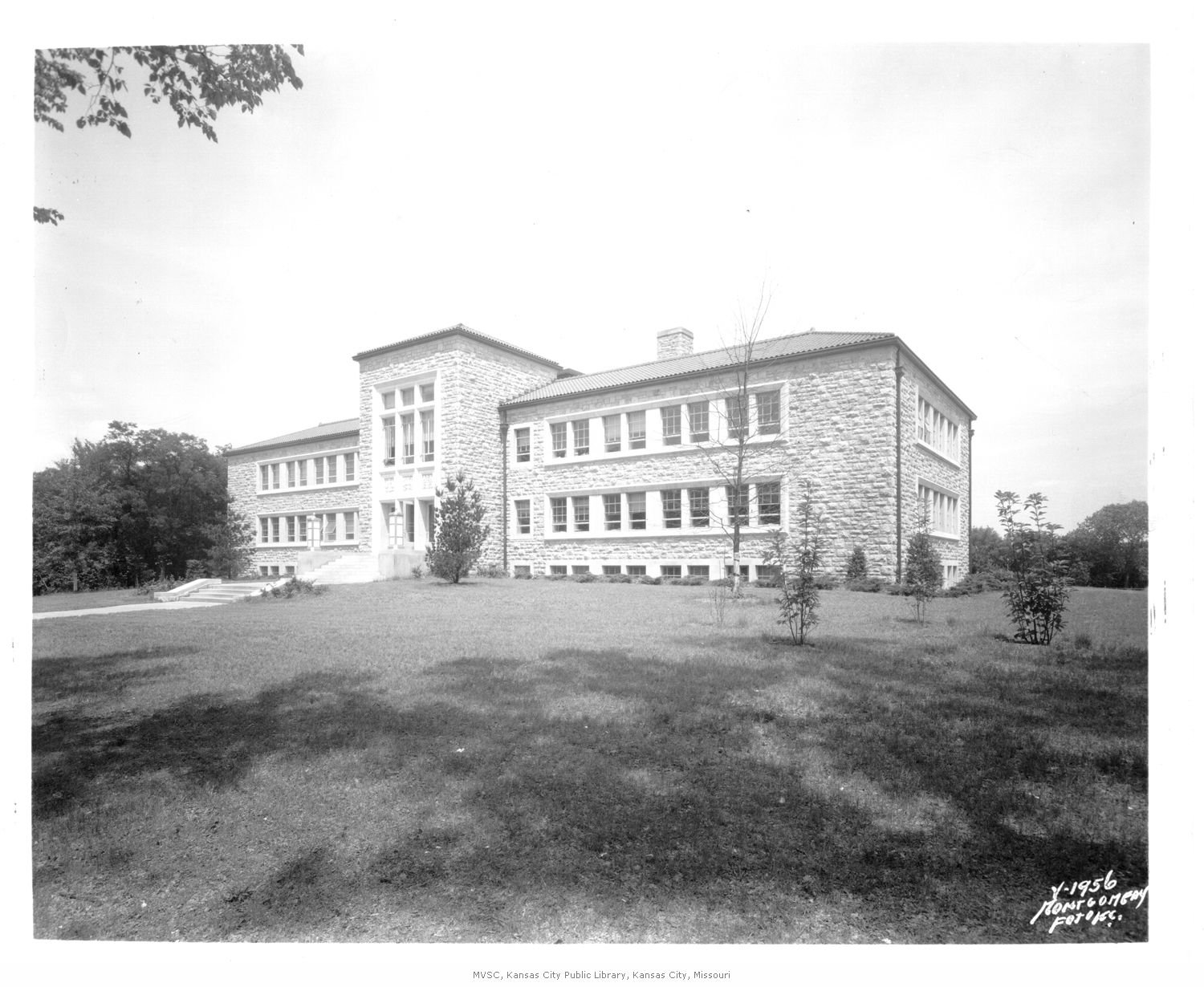
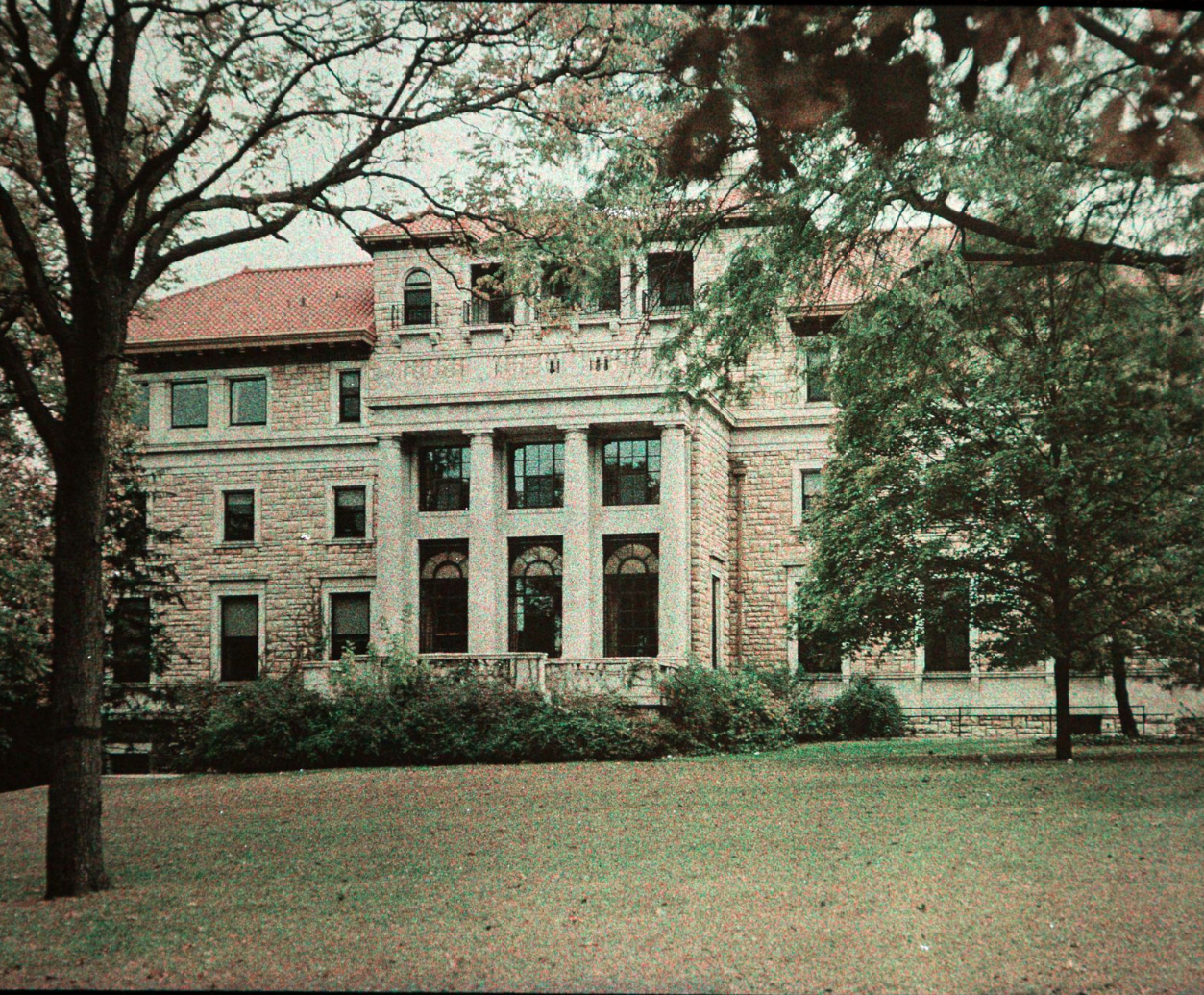
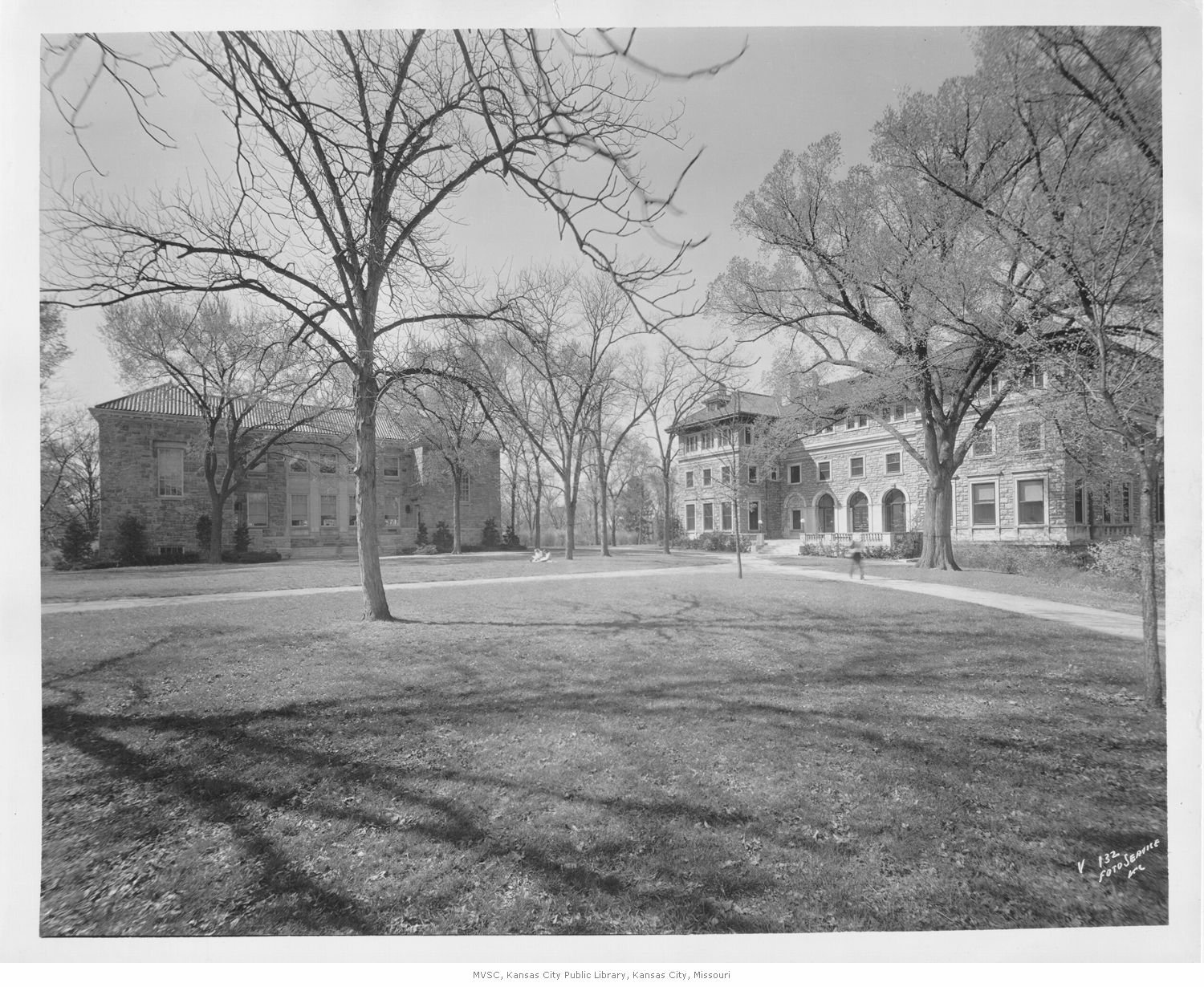
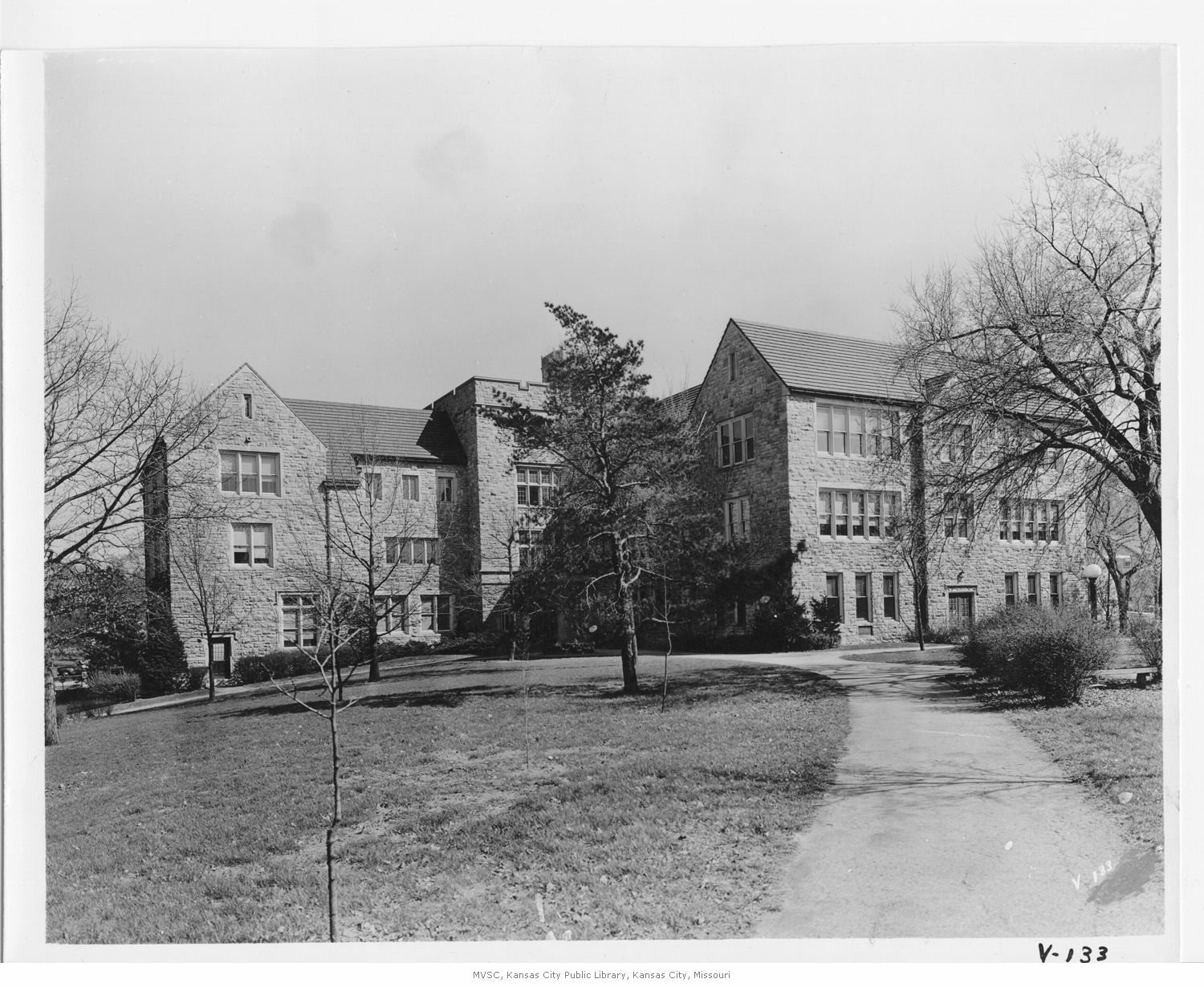
Historic photos courtesy of MVSC.
The University of Missouri–Kansas City (UMKC) traces its origins to October 1, 1933, when nearly 2,000 Kansas Citians gathered along Brush Creek to celebrate the opening of the University of Kansas City (UKC). Its founders envisioned an institution that would make higher education accessible to local students unable to travel far from home. The next day, classes began with 264 students and 17 instructors—more than double the number originally projected.
The idea for a university in Kansas City had circulated for decades. In the 1920s, Methodist leaders advanced a proposal for “Lincoln and Lee University,” named to honor leaders from both sides of the Civil War. Though this plan faltered, its advocates, including educator Ernest H. Newcomb and philanthropist Kate B. Hewitt, eventually aligned with civic leaders working to establish a nonsectarian university. The combined effort gained crucial momentum when local philanthropist William Volker donated both land in the Rockhill district and funds to purchase the Walter S. Dickey mansion, which became the administration building.
From its earliest years, UKC grew by incorporating existing schools into its structure. The Kansas City School of Law joined in 1938, followed by the Western Dental College in 1941 and the College of Pharmacy in 1943. The Conservatory of Music, already a well-established institution, became part of the university in 1959. By the mid-20th century, UKC had developed into a comprehensive university, offering programs in arts, sciences, law, dentistry, and music.
Financial challenges eventually pushed UKC to transition from a private to a public institution. On July 25, 1963, it joined the University of Missouri System, becoming UMKC. This change provided new resources and stability, while also integrating the university into a statewide network that included Columbia, Rolla, and St. Louis. Over the following decades, UMKC established additional academic units, including schools of medicine, nursing, and engineering.
Today, UMKC is the largest university in the Kansas City metropolitan area, enrolling more than 15,000 students across 11 academic units. It is recognized for its professional schools, community engagement, and research contributions. The campus continues to occupy its historic Volker location near Brush Creek, a lasting reminder of its civic and philanthropic origins. UMKC’s designation as a Carnegie R1 institution underscores its role as a major research university while maintaining its original mission of opportunity and service to the people of Kansas City.